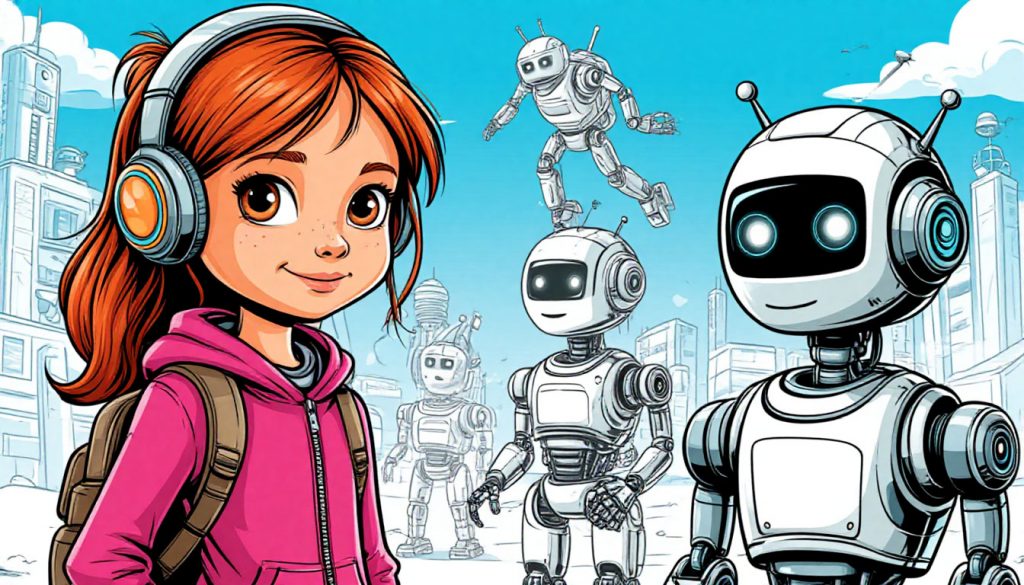The journey of robotics began long before the digital age, rooted in humanity’s fascination with automating labor. Early concepts date back to ancient Greece and China, where inventors imagined mechanical servants. However, practical development began in the 20th century, transforming from simple automation to highly intelligent machines. Understanding this evolution offers insight into how far we’ve come—and where robotics is headed.
From Automatons to Industrial Robots
The earliest modern robots appeared in factories during the 1950s and 1960s. These machines, such as Unimate, were designed to perform repetitive industrial tasks. They were powerful but limited—they followed preset instructions and lacked adaptability. These early industrial robots revolutionized manufacturing by improving speed, precision, and safety, especially in automotive production.
Rise of Programmability and Sensors
In the 1970s and 1980s, robotics advanced with the integration of programmable logic controllers (PLCs) and basic sensor systems. This allowed robots to respond to certain environmental cues like object presence or motion. Robots began performing more complex tasks, including quality inspection and precise assembly. This phase marked a key transition from fixed-function to semi-autonomous systems.
Mobile and Autonomous Robotics
The 1990s introduced mobile robots, capable of navigating physical spaces using wheels or legs. Research in military, space, and exploration robotics gained momentum—NASA’s Mars rovers are a famous example. Simultaneously, autonomous vacuum cleaners like the Roomba demonstrated household application potential. These robots used basic mapping and feedback loops to function without direct human control.
Artificial Intelligence and Human-Robot Interaction
From the 2000s onward, AI dramatically transformed robotics. Robots began using machine learning, computer vision, and natural language processing to better understand and respond to their environments. Humanoid robots like ASIMO and Sophia showcased the ability to walk, speak, and interact socially. In industries, robots became collaborators—cobots—working safely alongside humans.
Current and Emerging Trends
Modern robotics now incorporates soft robotics, bio-inspired mechanisms, and advanced machine learning algorithms. Robots are found in healthcare, logistics, agriculture, and education. Innovations like robotic exoskeletons help people with mobility impairments. Drone swarms and AI-powered robotic arms are reshaping warfare and manufacturing.
The future of robotics lies in emotional intelligence, ethical decision-making, and seamless human-machine integration. Robotics continues to push the boundaries of what machines can do and how they can assist humanity.
Glossary
- Robotics — The branch of technology that deals with the design, construction, and use of robots.
- Industrial robots — Robots used in factories to perform repetitive or dangerous tasks.
- Programmable Logic Controllers (PLCs) — Digital computers used for automation of industrial processes.
- Autonomous robots — Robots that can perform tasks without continuous human guidance.
- Machine learning — A type of AI where machines learn from data and improve performance over time.
- Cobots — Collaborative robots designed to safely work alongside humans.


